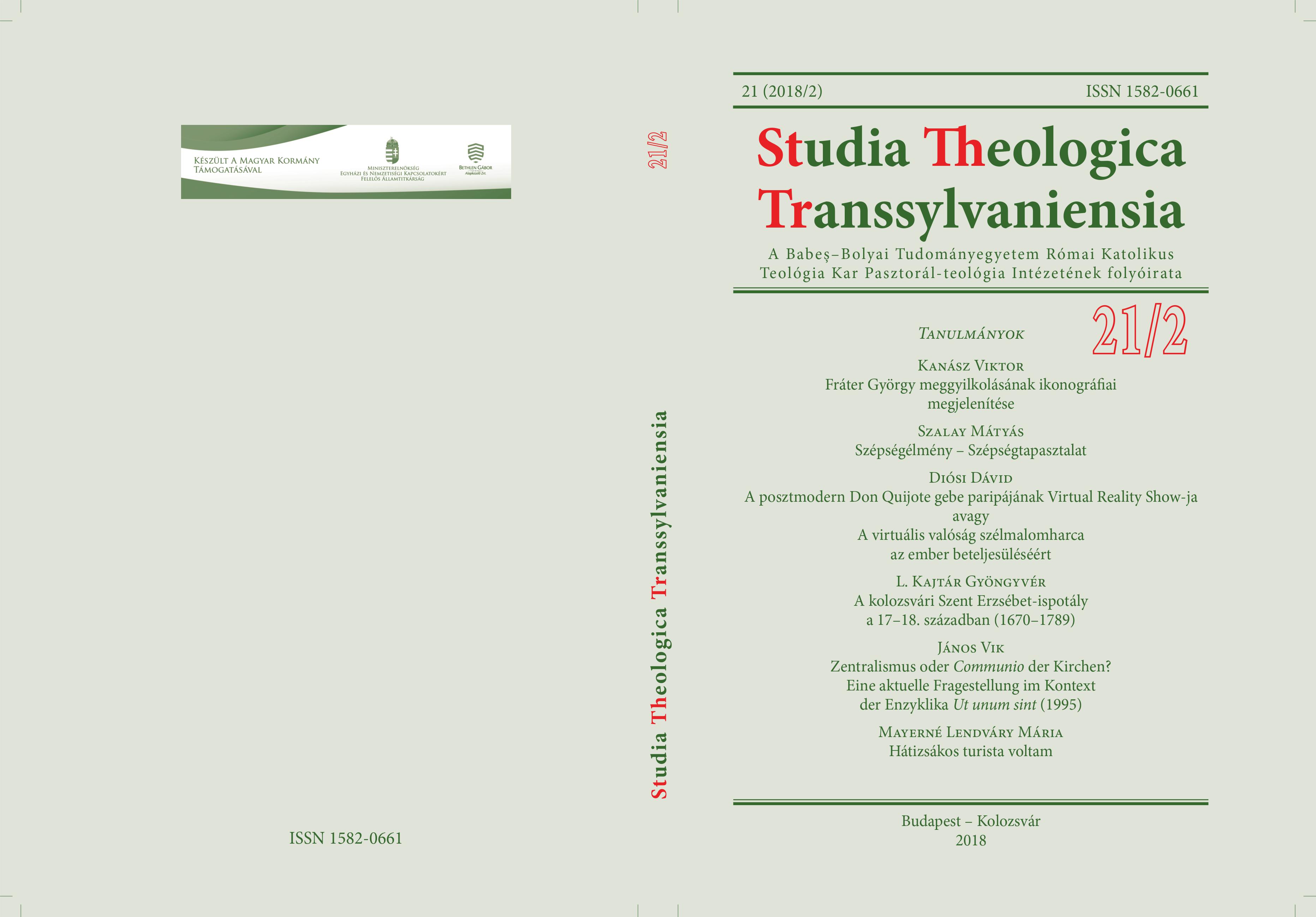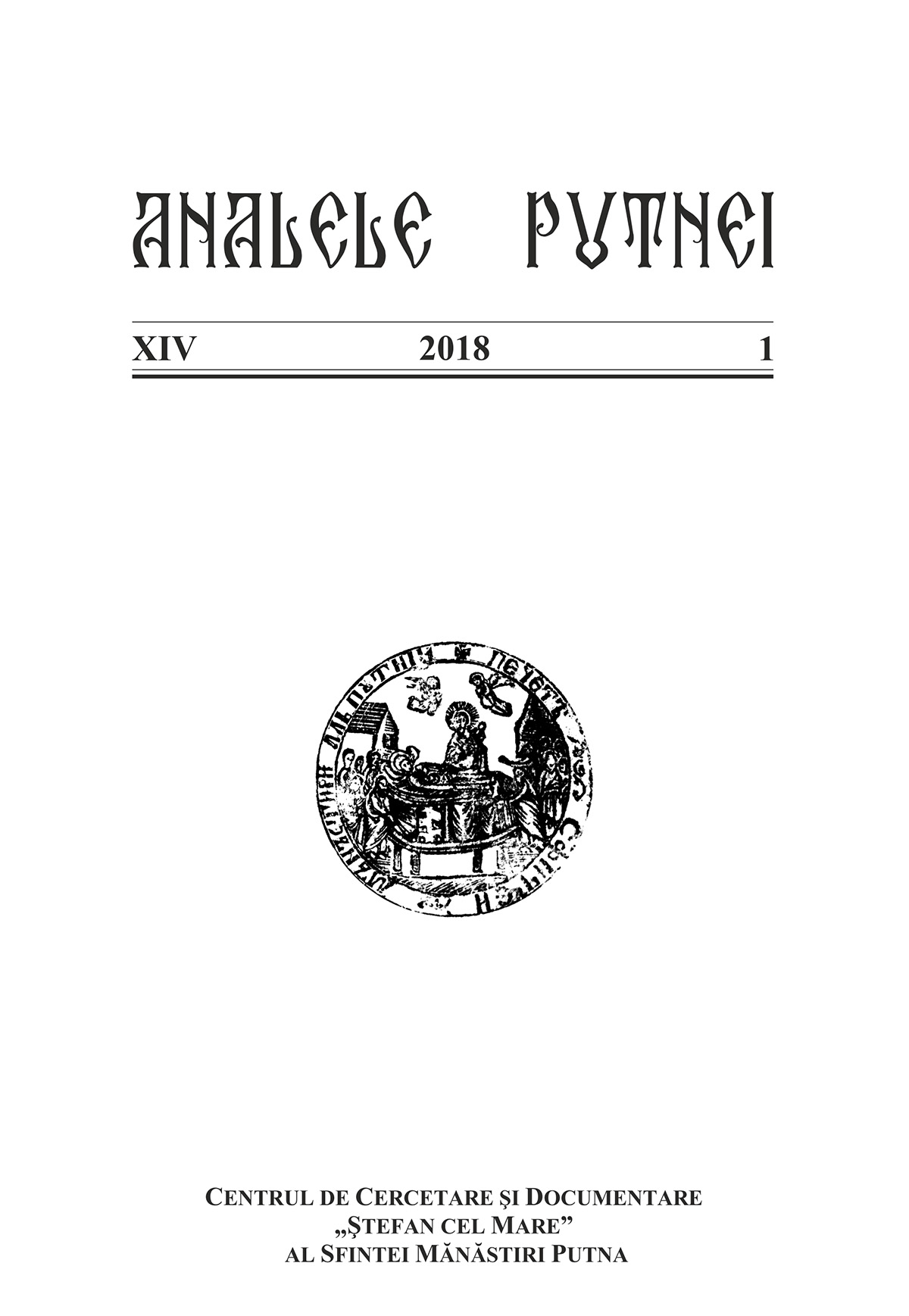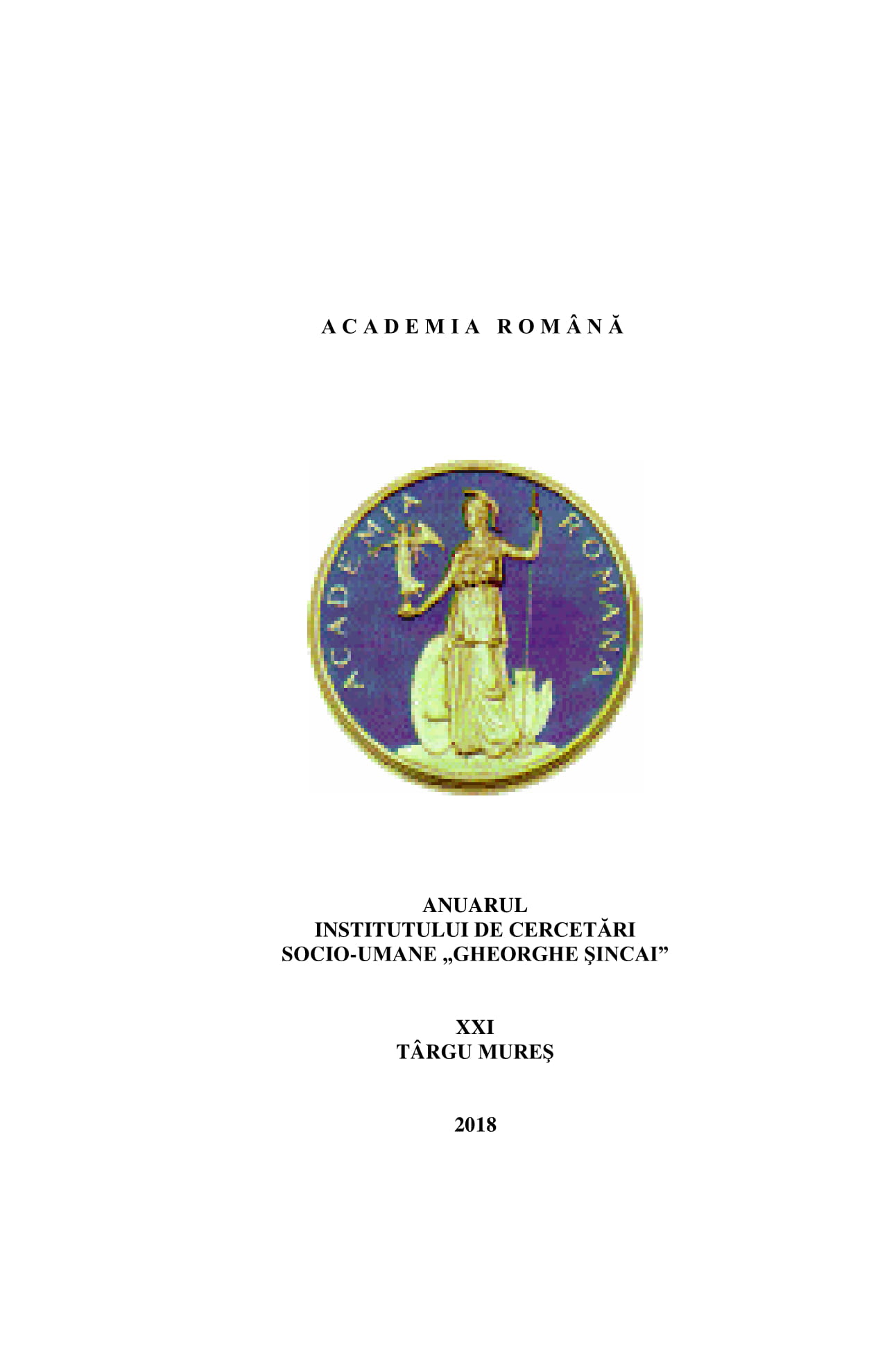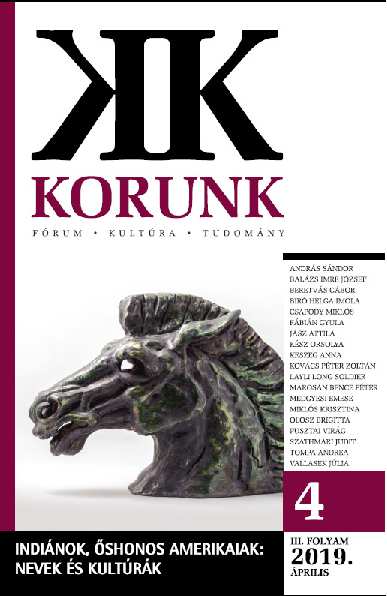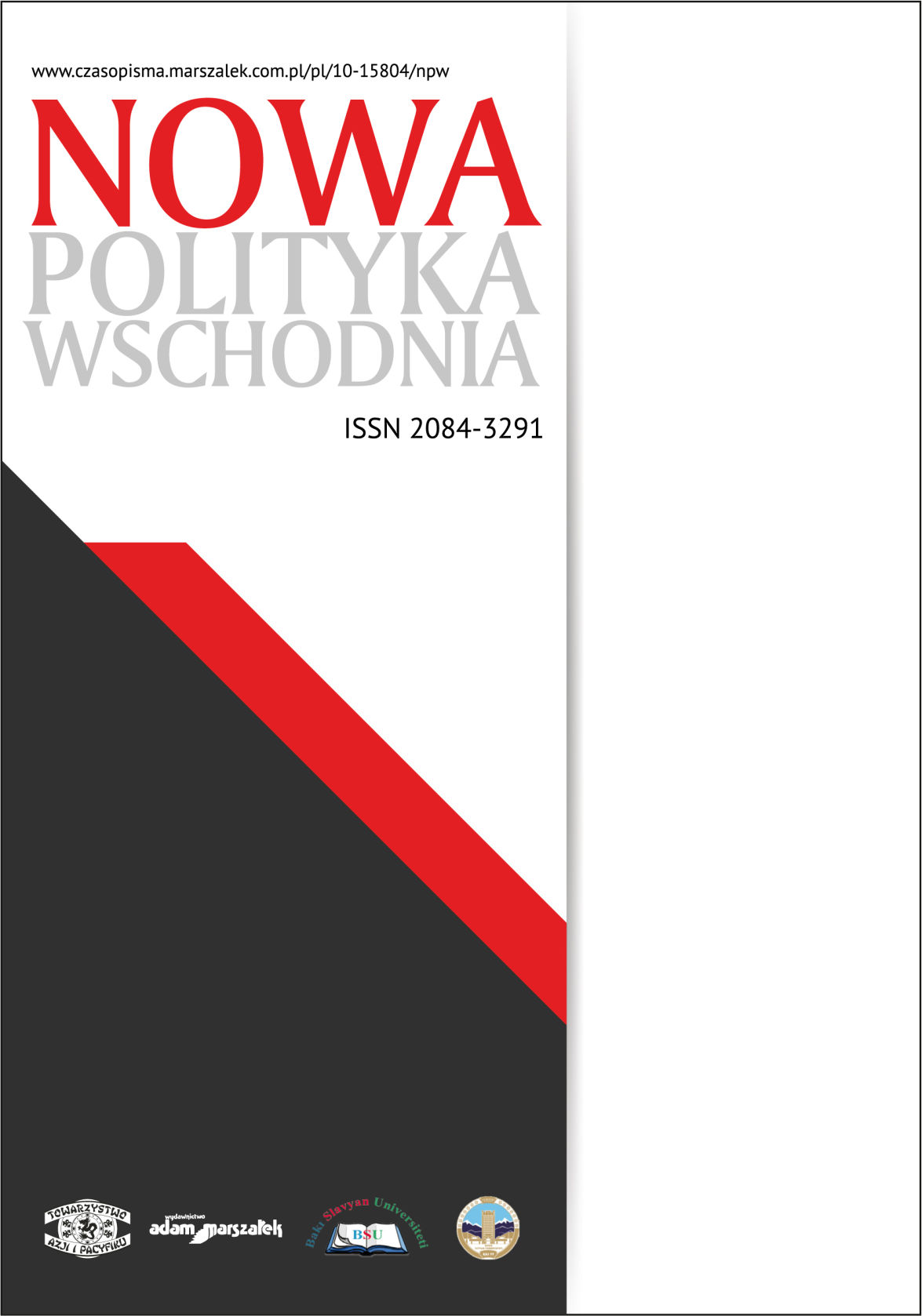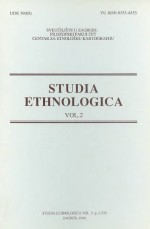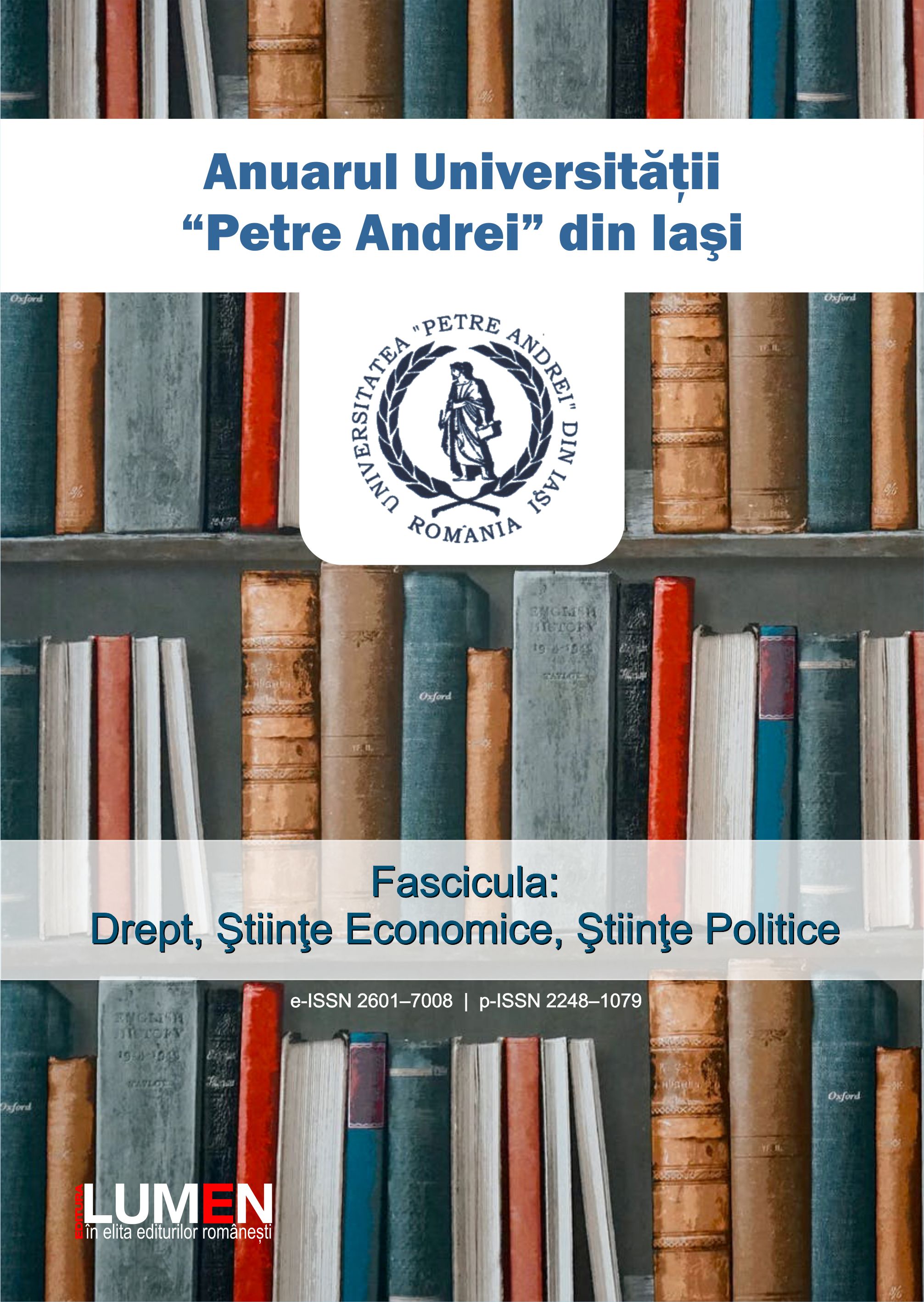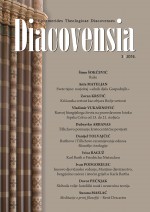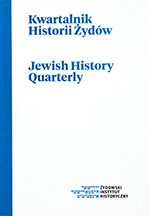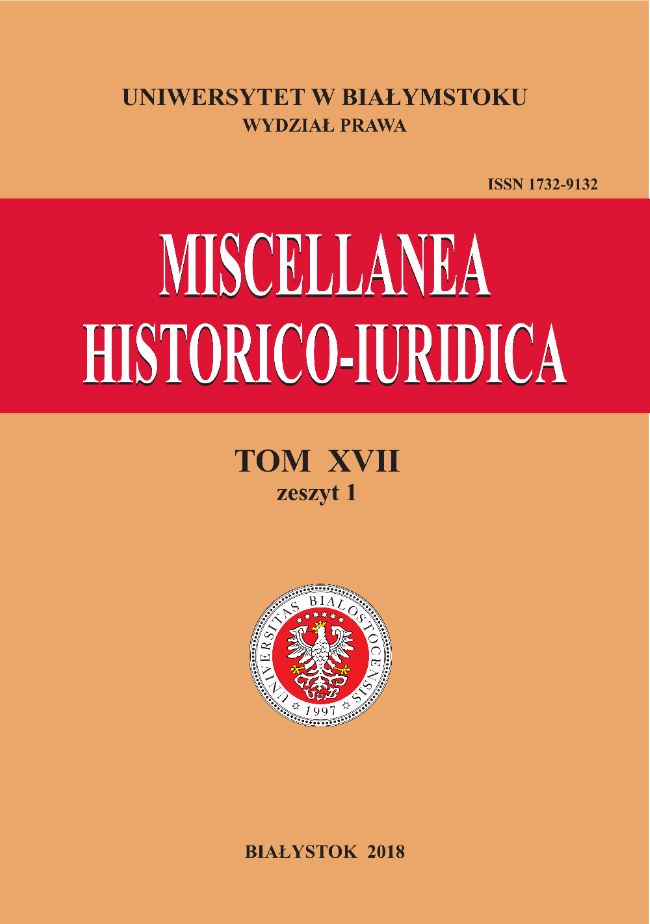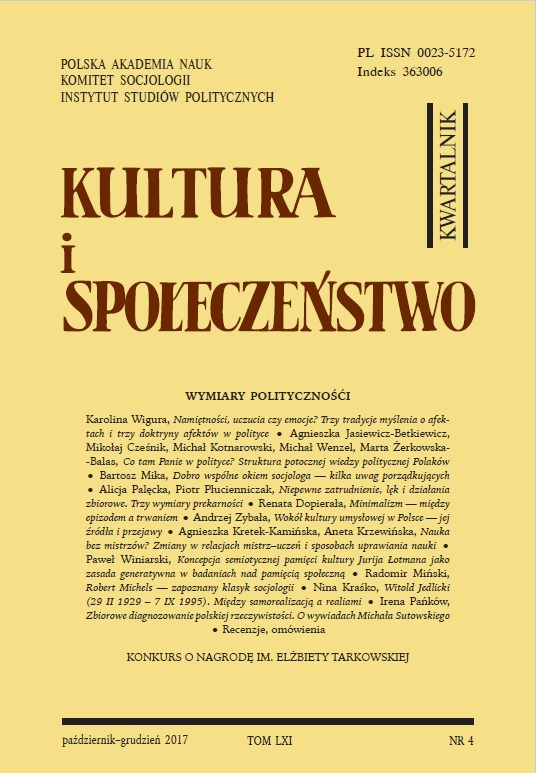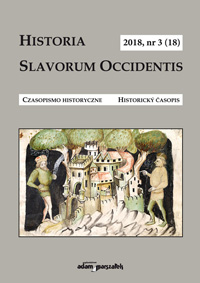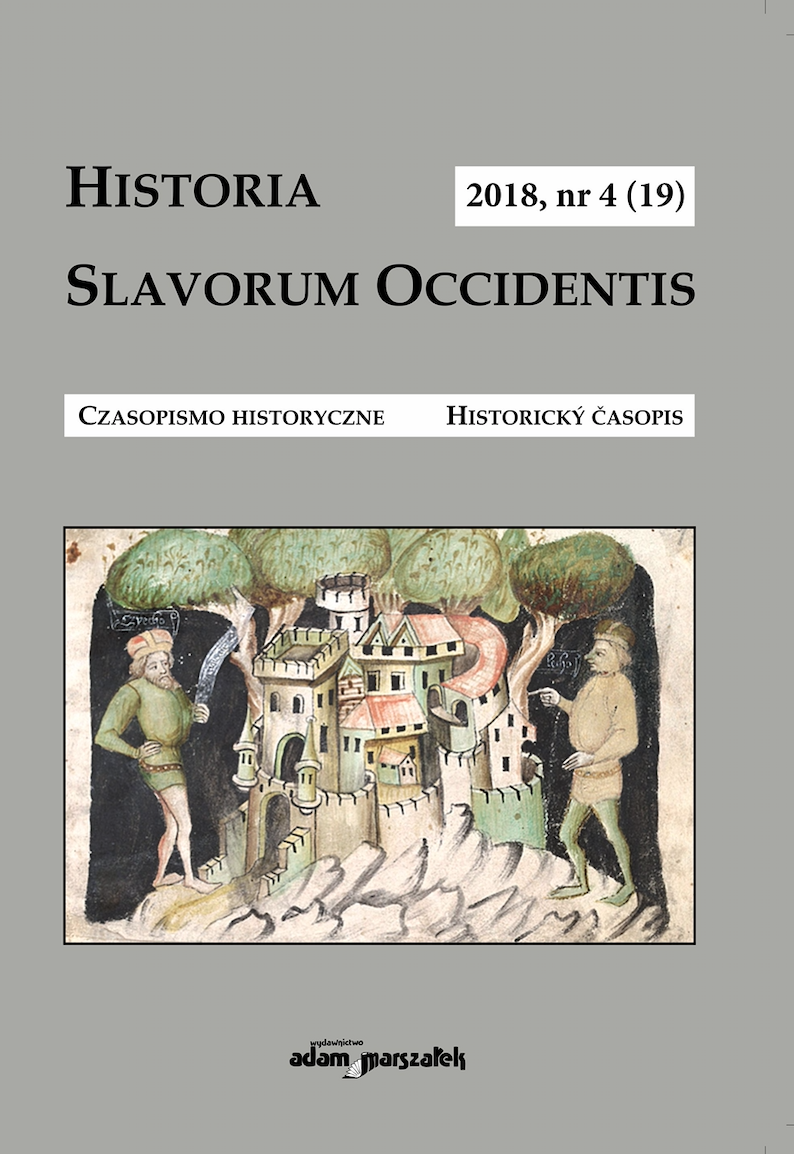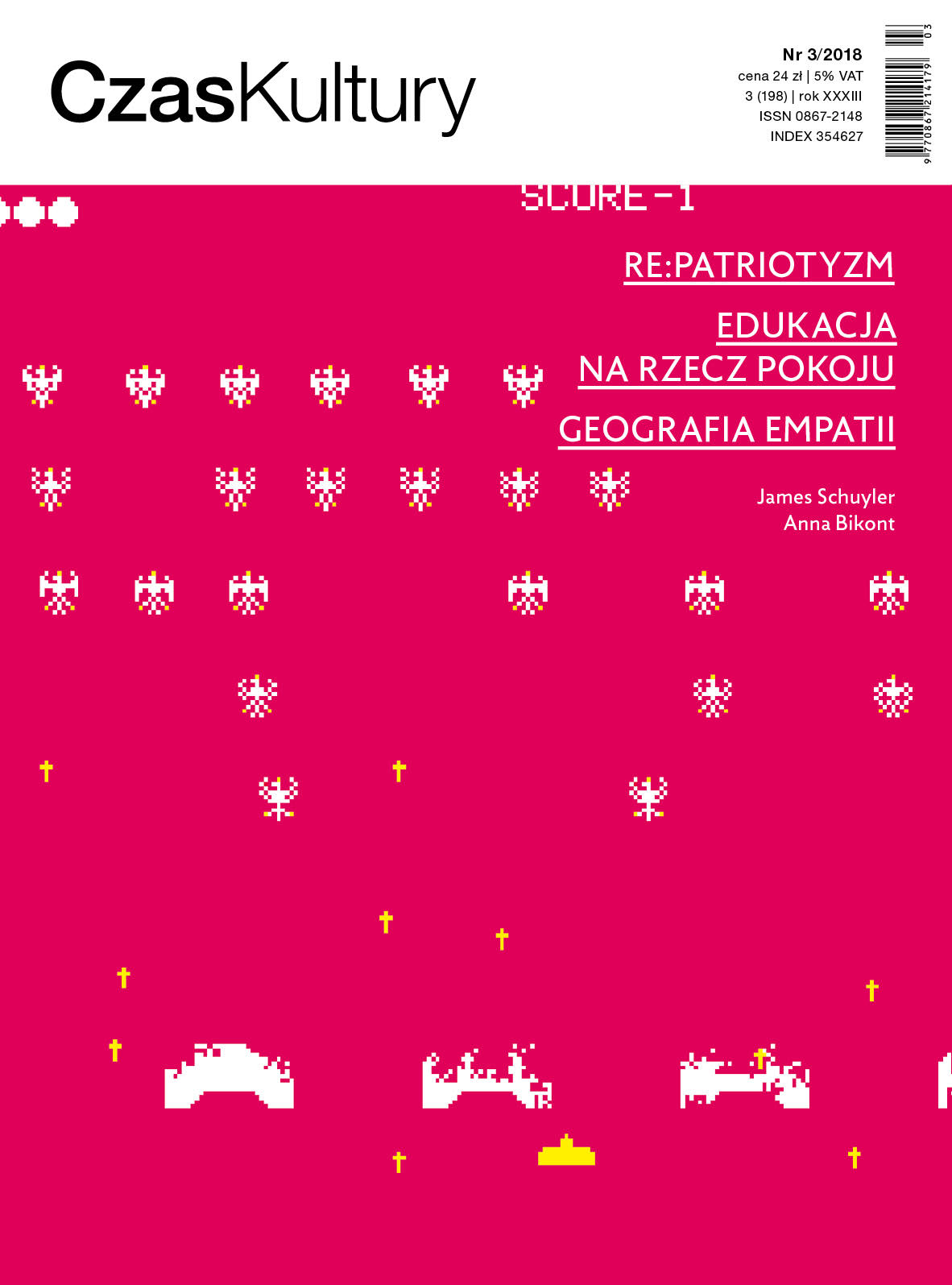
Nekropatriotyzm Przemysława Dakowicza
The paper presents necro-patriotism in the essays of Przemysław Dakowicz. The Łódź-based writer and literature researcher has, in recent years, created a vital project of reading the Polish past of the 20th century, the purpose of which is to redefine national community based on Polish martyrdom told anew. The author analyses the strategy of using various forms of death (descriptions of death, corpses, exhumations) which he employs to define new necro-patriotism.
More...
